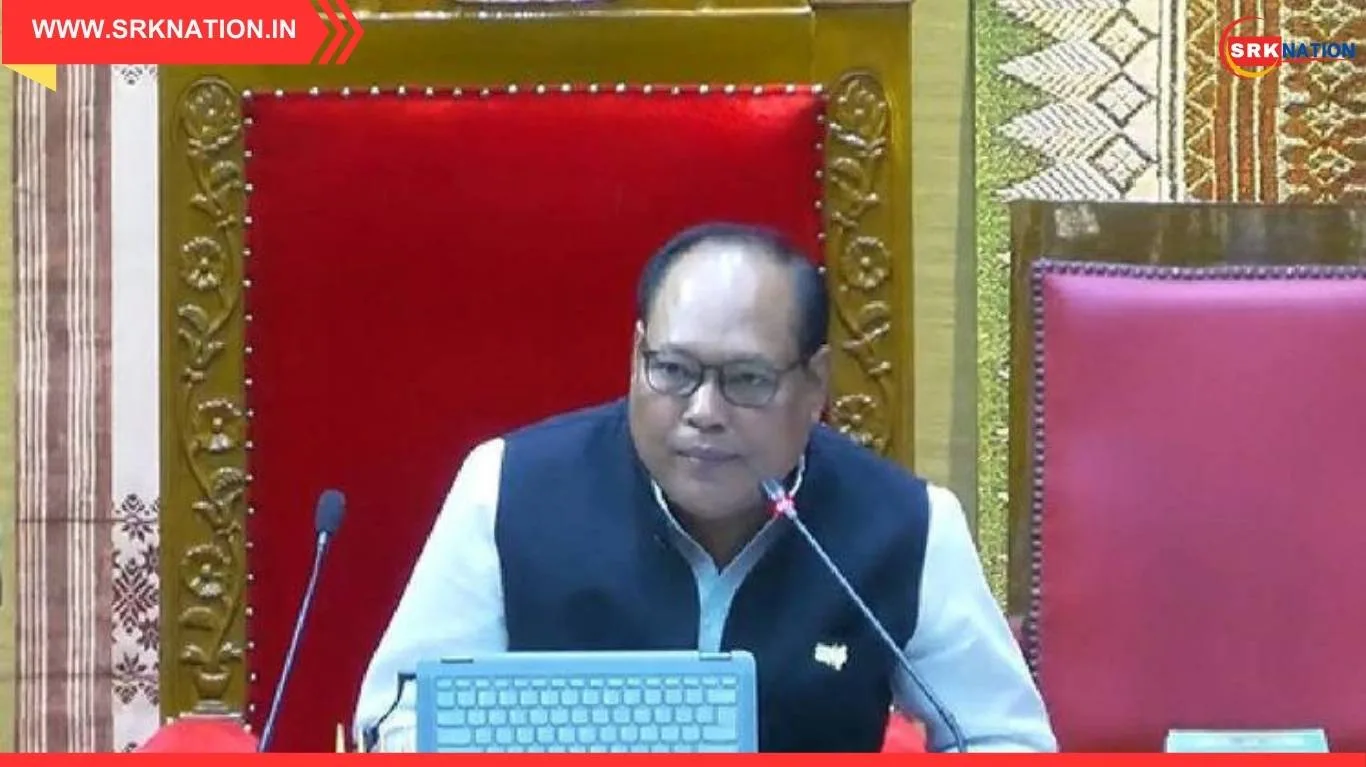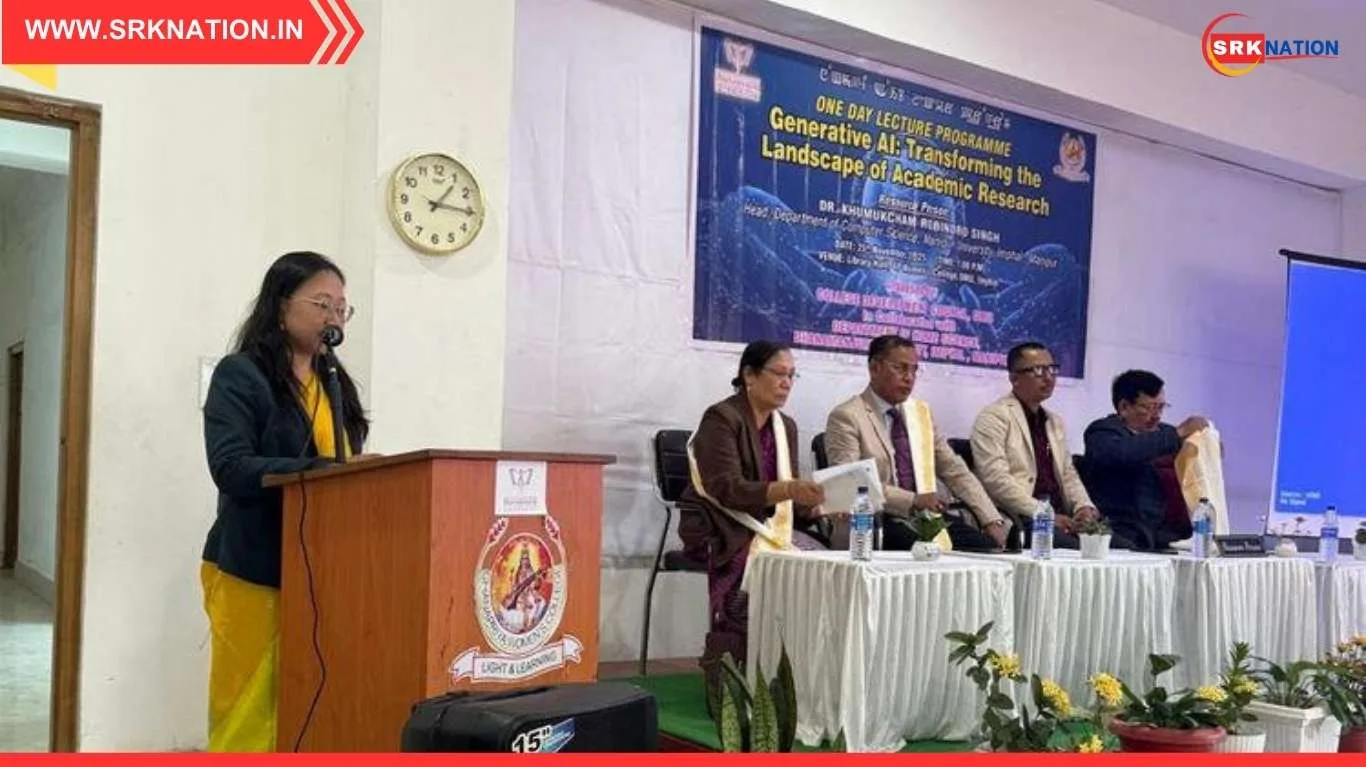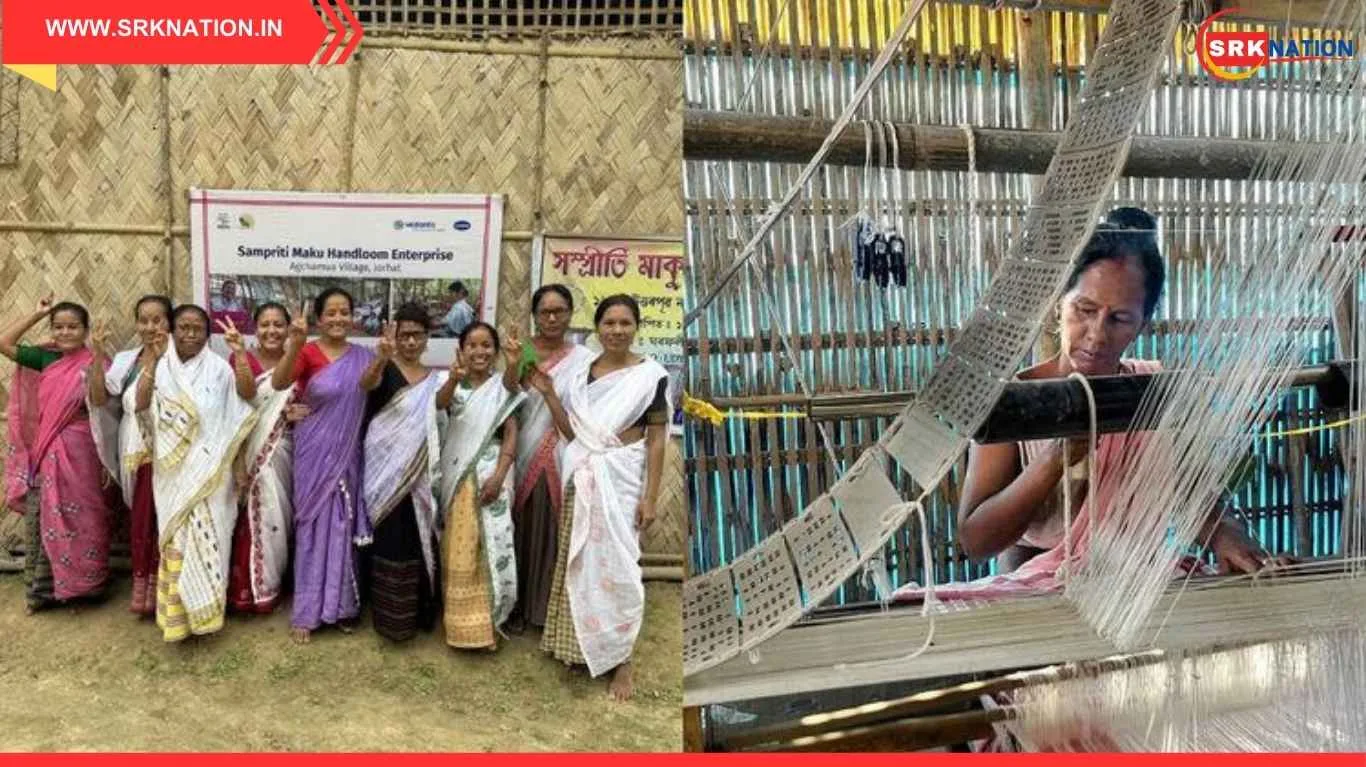In a significant leap forward for public health innovation, Arunachal Pradesh’s East Kameng district has successfully implemented drone-based delivery of hepatitis vaccines, becoming a pioneering model for last-mile healthcare delivery in India’s remote and mountainous terrain. This breakthrough is expected to revolutionize immunization logistics in hard-to-reach areas and improve access to life-saving vaccines in time-sensitive scenarios.
The pilot delivery, executed through collaboration between local health authorities and drone technology service providers, marks the beginning of a transformative approach to healthcare logistics in the northeastern state. The initiative has been particularly celebrated during World Hepatitis Day, underscoring the urgent need to scale preventive strategies in vulnerable regions.
Bridging the Access Gap with Drones
East Kameng, located in one of the most inaccessible terrains of Arunachal Pradesh, faces logistical hurdles due to dense forests, difficult road networks, and seasonal disruptions. Traditional cold chain delivery often suffers from delays, spoilage risks, and increased transportation costs.
Drone technology offers an agile, cost-effective, and temperature-controlled alternative to conventional methods. Using GPS-enabled autonomous drones, the health department successfully transported hepatitis vaccines over 35 kilometers of rugged terrain within 30 minutes, a route that otherwise would take several hours by road.
The initiative was carried out from the district’s main health storage unit in Seppa to a sub-center in Pakoti, ensuring timely immunization without compromising vaccine integrity.
Key Objectives of the Drone Vaccine Project
- Improve immunization coverage in underserved and high-risk populations.
- Ensure time-sensitive delivery of temperature-sensitive vaccines.
- Minimize wastage by reducing delays and exposure to non-optimal conditions.
- Promote digital tracking of health supplies and automate inventory management.
- Reduce manual effort and logistical costs in challenging terrains.
The successful flight also opens avenues for the delivery of other life-saving medical supplies including anti-venom, insulin, antiretroviral therapy (ART) drugs, maternal health kits, and diagnostics.
Technological Specifications
The drones used in the East Kameng project were equipped with the following features:
- Payload Capacity: Up to 2.5 kg
- Flight Range: 50 km (one-way)
- Temperature Control: Between 2°C to 8°C (cold chain compliant)
- Navigation: GPS-guided with real-time route monitoring
- Safety: Auto-return on battery low or connectivity loss
They were operated under visual line of sight (VLOS) and beyond visual line of sight (BVLOS) conditions by trained drone pilots in coordination with local health officials and the district administration.
Arunachal’s Growing Focus on Health-Tech Integration
With this milestone, Arunachal Pradesh joins a small but growing list of Indian states leveraging drone technology to strengthen healthcare delivery. The state’s Department of Health and Family Welfare has already outlined plans to expand the service across 10+ remote blocks.
| Parameter | Before Drone Delivery | After Drone Implementation |
|---|---|---|
| Avg. Delivery Time (35 km) | 3–4 hours by road | 25–30 minutes by drone |
| Vaccine Spoilage Rate | Up to 12% due to temperature lag | Less than 2% with cold chain drones |
| Transportation Cost (per trip) | ₹700–₹1000 | ₹200–₹250 |
| Human Resource Usage | 2–3 staff needed for manual transit | Single drone operator suffices |
| Weekly Deliveries Possible | 1–2 due to logistics | 5–6 with automated scheduling |
This efficiency has been lauded by the state’s leadership and Ministry of Health and Family Welfare, which is keen to replicate this model across other northeastern and Himalayan districts.
Public Health Impact: Targeting Hepatitis Elimination
Arunachal Pradesh, despite being a low-population state, has battled with persistent challenges in vaccine coverage, especially for Hepatitis B and Hepatitis A, due to remote settlements and weather-induced roadblocks. With a strategic focus on immunization under India’s Universal Immunization Programme (UIP), drone delivery serves as a force multiplier.
The immediate beneficiaries of this drone-enabled service include:
- Infants and children under 5 years
- Pregnant women
- Healthcare workers and emergency responders
- Tribal communities living in cut-off hamlets
The hepatitis vaccine rollout using drones aligns with India’s 2030 goal of eliminating viral hepatitis as a public health threat, as laid out by the National Viral Hepatitis Control Programme (NVHCP).
Voices from the Ground
Dr. Nido Tasser, District Medical Officer (DMO), East Kameng, stated, “This initiative is more than a technical breakthrough. It symbolizes our commitment to ensuring that no child or mother is denied basic healthcare just because they live in a far-flung village. With drone delivery, we have eliminated a major roadblock.”
Local ASHA workers, who serve as frontline healthcare providers, welcomed the move, noting that quicker availability of vaccines means fewer reschedules, increased community trust, and higher coverage in difficult-to-access regions.
What’s Next: Expansion and Integration
The success of East Kameng has encouraged plans to scale this pilot to include:
- Routine immunization programs across 20 additional PHCs and CHCs
- Emergency medicine supply drops during landslides and floods
- Telemedicine integration for end-to-end rural health care
- Inventory digitization with AI-based forecasting of vaccine demand
The state government is also in talks with central agencies and private partners to build a permanent drone corridor across districts like Kurung Kumey, Upper Subansiri, and Dibang Valley.
National and Global Relevance
India has been cautiously optimistic about drone tech in healthcare, with successful pilots in Telangana, Karnataka, and now Arunachal Pradesh. Globally, countries like Rwanda and Ghana have used drones to deliver blood and vaccines with measurable success.
The East Kameng initiative shows that India is catching up with global trends by tailoring solutions to its unique challenges—mountainous topography, tribal access, and infrastructure limitations.
Policy and Funding Support
The initiative was made possible through convergence of policies under:
- Drone Rules 2021 (DGCA)
- Ministry of Civil Aviation’s Drone Corridor Initiative
- Ayushman Bharat Digital Mission
- Health Systems Strengthening Project (World Bank and GoI support)
Funding was provided through a public-private partnership model, with NGOs, district health authorities, and drone startups working in tandem.
Conclusion
The drone-enabled vaccine delivery in East Kameng is a landmark moment in India’s healthcare logistics. It not only reaffirms the country’s push toward digital and technological integration in public services but also showcases how innovation can meet inclusion. As the program scales up, the people of Arunachal Pradesh—particularly its most isolated citizens—stand to benefit from a new era of accessible and responsive healthcare.
Disclaimer: This article is based on available public information, official statements, and on-ground reporting. Data and outcomes may evolve as the pilot expands. Readers are advised to consult health authorities for updated policies or performance metrics.











